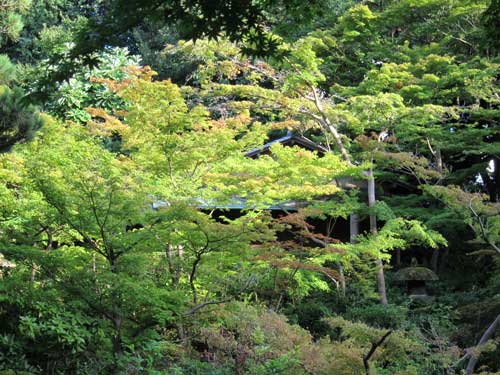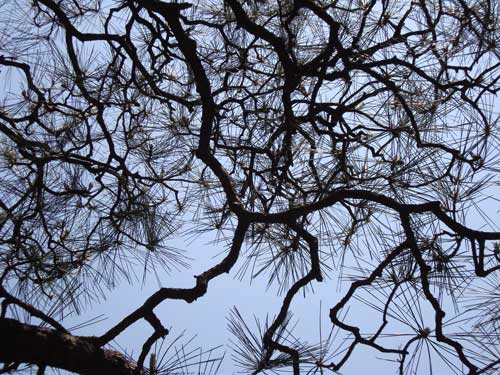
まばたきをしないで見れば、紫色の球根が見えますよ。
If you blink, you would miss the brief bloom of these lovely purple bulbs. There’s a large patch of them along the entrance to my apartment building. The flowers are very delicate, and the leaves plentiful and verdant. I don’t know their name, but they seem to be very resilient. The entrance garden is divided between professionally trimmed hedges on the left and this large area on the right cultivated by residents and nature.
Update: Horticulturalist Jason wrote to tell me that it’s Bletilla, the easiest ground orchid to grow. It’s native to East Asia. The large patch in front of my apartment seems to require very little care. In Japanese, it’s simply called “purple orchid,” シラン。


